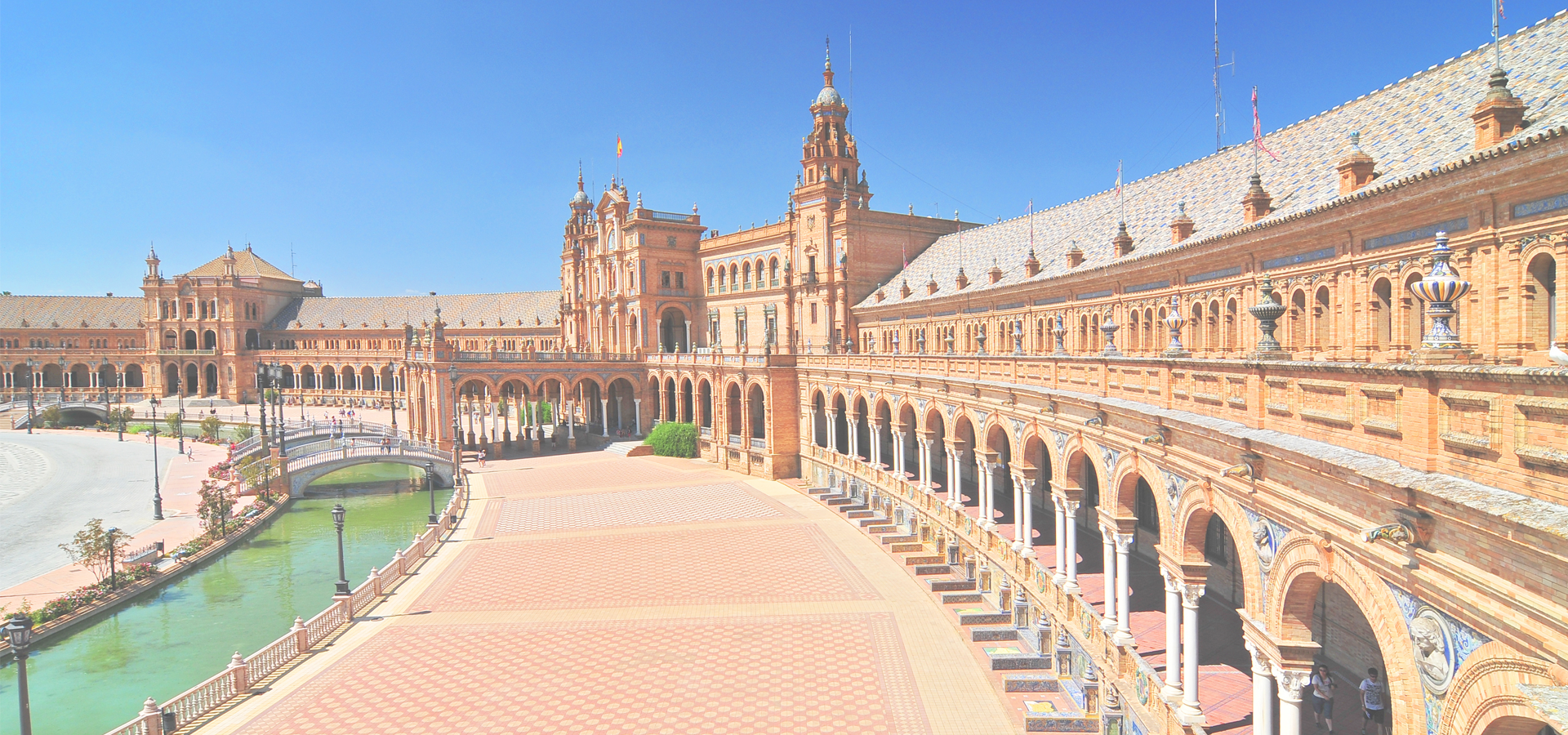Carmona, Province of Seville, Andalusia, Spain
🇪🇸 Carmona is a town of south-western Spain, in the province of Seville; it lies 33 km north-east of Seville. Carmona is built on a ridge overlooking the central plain of Andalusia; to the north is the Sierra Morena, with the peak of San Cristobal to the south. The city is known for its thriving trade in wine, olive oil, grain and cattle, and holds an annual fair in April.
It is ascribed both to the comarca of Campiña de Carmona and the comarca of Los Alcores.
Geography: Location Carmona is located in the south-west of the Iberian Peninsula. It lies at about 249 metres above sea level, on a NE–SO ridge at the north-eastern end of Los Alcores tableland, dominating over the meadows of the Corbones river, a left-bank tributary of the Guadalquivir.
History Carmona was originally a Tartessian-Turdetani settlement. With the arrival of Phoenician traders from Tyre, Carmona was transformed into a city, known by them as "QRT-ḤMN", meaning "City of Hammon". Centuries later, it became a Roman stronghold of Hispania Baetica. It was known as Carmo in the time of Julius Caesar (100–44 BC). The city was further fortified during the long occupation of the Moors, who erected walls around it, and built fountains and palaces within.
Following the demise of the Caliphate of Córdoba in the early 11th century, Carmona (Qarmūna) was seized by Hammudid Berbers, and then by the also Berber Birzalid clan, becoming the head of the taifa of Carmona, a petty kingdom, which was conquered by the Abbadid taifa of Seville by 1067. An Almoravid stronghold after the Almoravid conquest of the taifa of Seville, it was finally subdued by the Almohads after a settlement. It was briefly occupied by Ibn Hamusk, before reverting to the Almohads in 1161.
In 1247, Ferdinand III of Castile captured the town, and bestowed on it the Latin motto Sicut Lucifer lucet in Aurora, sic in Wandalia Carmona ("As the Morning-star shines in the Dawn, so shines Carmona in Andalusia"). During the Late Middle Ages, the town preserved a Muslim-majority population ruled by a Christian minority. The citadel of Carmona, now in ruins, was the principal fortress of Peter the Cruel (from 1350 to 1369), and contained a spacious palace within its defences. Towards the end of the 15th century Carmona had an estimated population of about 8,000. By the dawn of the Early Modern period, Carmona's economy was agriculture-based, with the town featuring many latifundia, often entitled to non-local landowners, and a substantial fraction of non-active population.
The 19th century desamortizaciones led to the creation of a new landowning class that came to be historiographically designated as "agrarian bourgeoisie". The population boomed in the mid 20th century.
Tourist Industry • Palace of King Don Pedro, built in the 13th century by Peter I of Castile. It was damaged by an earthquake in 1504. • Moorish alcázar • Palace of Rueda • Palace of the Marquess of Torres • Seville Gate Palace • Baroque palaces of Alonso Bernal Escamilla, Aguilar, Domínguez, and Lasso • Córdoba Gate, the gate on the road to Córdoba, partly of Roman construction • Seville Gate, of Carthaginian origins, has the remains of later Roman additions, and was modified in the Middle Ages by the Moors and the Christians. • Marchena Gate, built during the Almohad domination of Spain • Roman Bridge • Remains of the Via Augusta • Tree-lined avenue of Alfonso XIII • Roman Necropolis, discovered in 1881. It is located close to the town, beside the Seville road, and contains more than nine hundred family tombs dating from the second century BC to the fourth century AD. Enclosed in subterranean chambers hewn from the rock, the tombs are often frescoed and contain a series of niches in which many of the funeral urns remain intact. Some of the larger tombs have vestibules with stone benches for funeral banquets and several retain carved family emblems. • The Tomb of the Elephant and the Tomb of Servilia in the necropolis • Roman Amphitheatre, also discovered in 1881, together with a group of tombs, all belonging to the first four centuries AD, near the original necropolis. • Ayuntamiento (Town Hall) • Cave of the Batida • Fountain of the Lions • Hospital of the Mercy and the Charity Church of Saint Bartholomew • Tower of the Peak • Market • Cerezo Theatre.
Europe/Madrid/Seville

Carmona has a population of over 28,810 people. Carmona also forms part of the wider Los Alcores District which has a population of over 145,890 people. It is also a part of the larger Seville Province. Carmona is situated 33 km north-east of Seville.
Twin Towns - Sister Cities Carmona has links with:
🇪🇭 Tifariti, Western Sahara🇮🇷 Bandar-e Anzali 37.467
🇺🇸 Redwood City 37.467
🇰🇷 Gwangmyeong 37.465
🇰🇷 Seongnam-si 37.439
🏴 Lochgilphead -5.432
Locations Near: Carmona -5.64232,37.471
🇪🇸 Alcalá de Guadaíra -5.85,37.333 d: 23.9
🇪🇸 Dos Hermanas -5.928,37.283 d: 32.8
🇪🇸 Seville -5.994,37.389 d: 32.4
🇪🇸 Palma del Río -5.283,37.7 d: 40.6
🇪🇸 Lebrija -6.067,36.917 d: 72.2
🇪🇸 Jerez de la Frontera -6.135,36.691 d: 97.1
Antipodal to: Carmona 174.358,-37.471
🇳🇿 Auckland 174.763,-36.853 d: 19937.6
🇳🇿 North Shore City 174.75,-36.8 d: 19932.8
🇳🇿 Hibiscus Coast 174.698,-36.606 d: 19914.3
🇳🇿 Hamilton 175.28,-37.788 d: 19926.5
🇳🇿 Cambridge 175.467,-37.883 d: 19907.2
🇳🇿 Whangārei 174.326,-35.725 d: 19820.9
🇳🇿 Tauranga 176.154,-37.7 d: 19854.8
🇳🇿 Stratford 174.283,-39.333 d: 19807.9